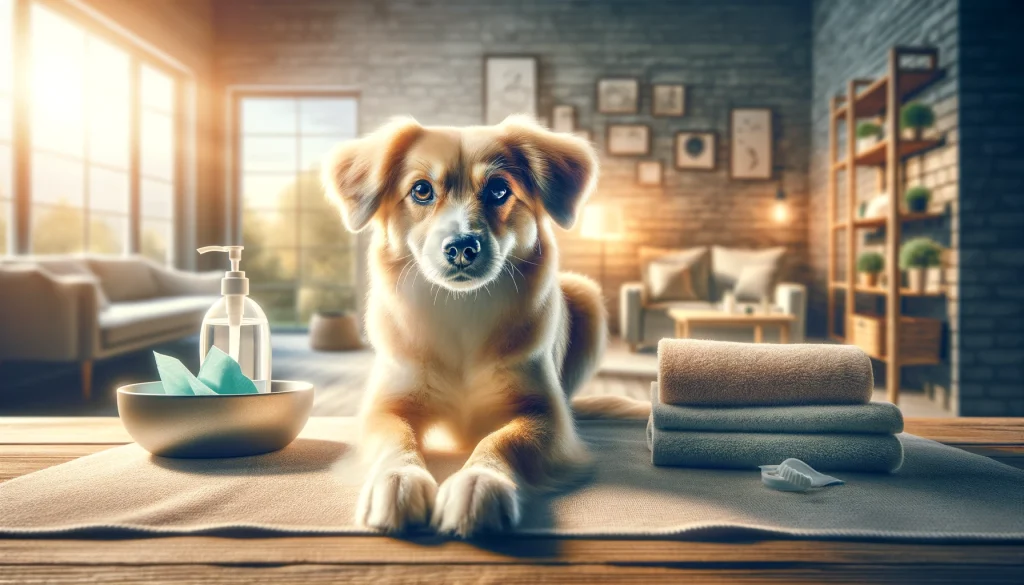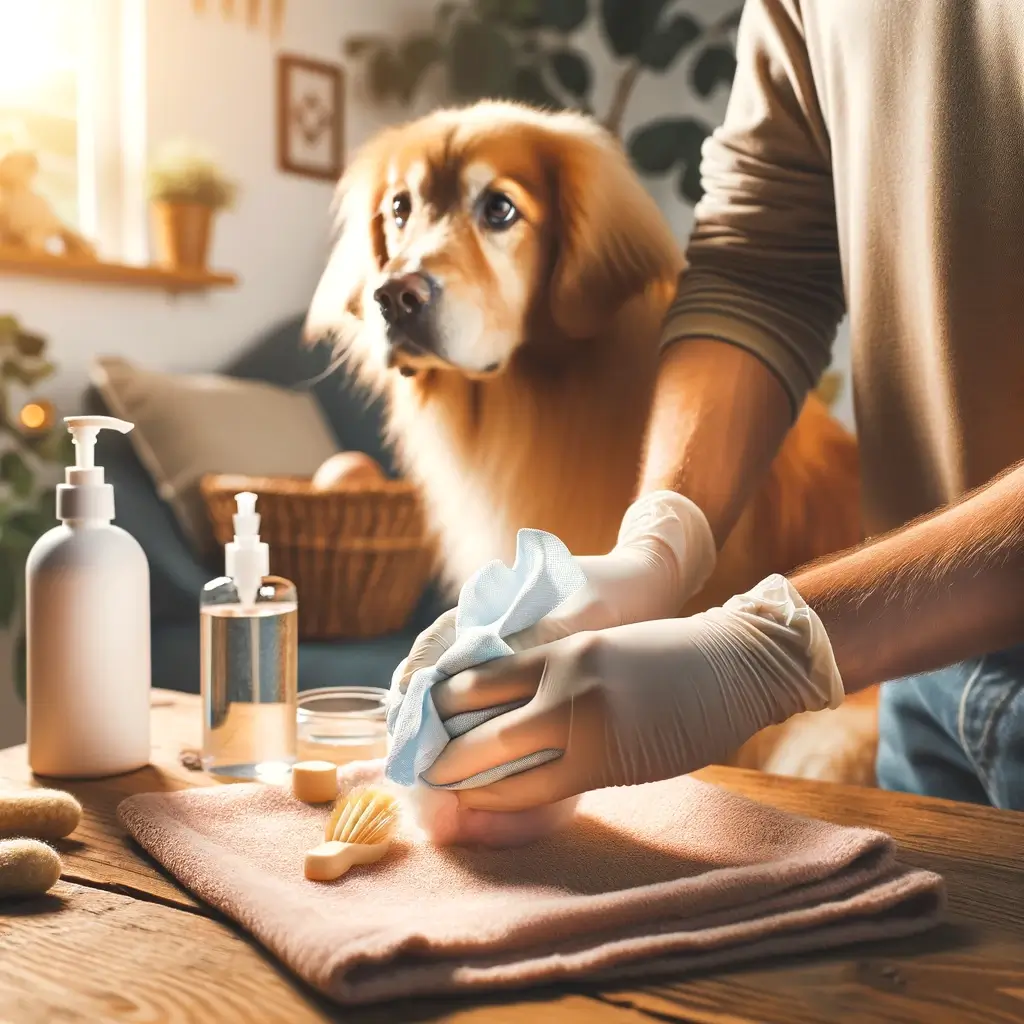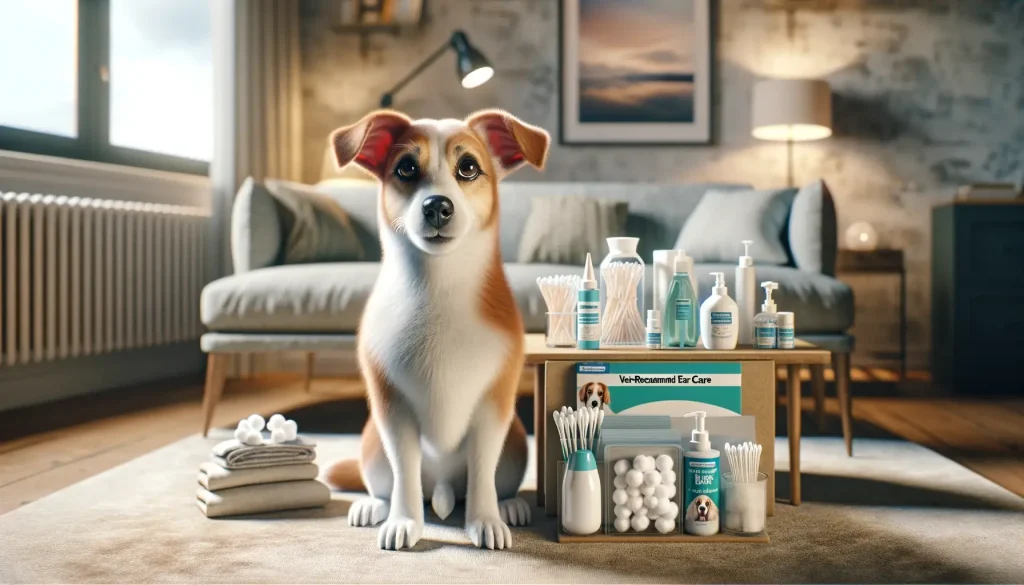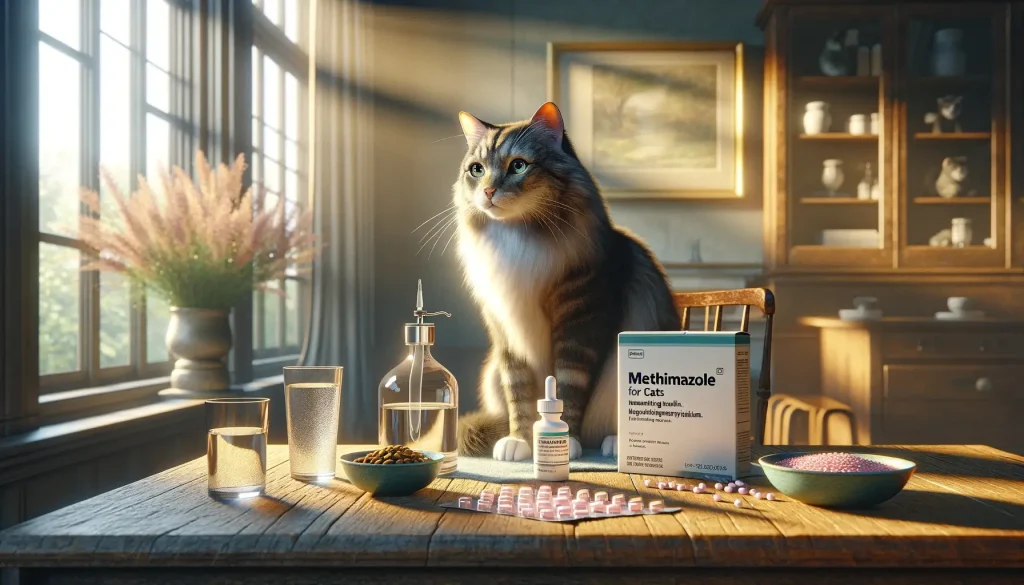
Causes and Cleaning of Dog Smegma
Welcome pet lovers! Understanding your furry friend’s health can sometimes lead you to discover things you might not have expected, such as dog smegma. It’s a common but rarely discussed problem that many dog owners encounter. Smegma is a natural occurrence, but when is it a sign of a more serious health issue? This article will explore the causes of dog smegma, how to properly clean it, and when it’s time to consult a vet. By educating ourselves about our pets’ health, we can ensure they live a happy and comfortable life.
First off, what exactly is smegma? It is a mix of dead skin cells, skin oils, and moisture that accumulates in the genital areas of both male and female dogs. While it may sound unpleasant, it’s a natural part of a dog’s body’s self-cleaning processes. However, an excessive amount or foul odor may indicate an underlying issue that needs attention. But what causes an increase in smegma production, and how can we, as pet owners, address it effectively without causing discomfort to our beloved pets?
Let’s dive deeper into understanding the causes behind excessive smegma production and uncover some practical cleaning tips. How can you recognize the signs that it’s time to step in and clean or consult a vet? Read on to find out.
Dog Smegma Detection & Cleaning
Dog owners often wonder about the best ways to care for their pets’ hygiene. An important but less talked about aspect is dealing with dog smegma. Knowing how to spot the signs of excessive smegma and understanding the most effective methods for cleaning are crucial for maintaining your dog’s health and comfort. Let’s delve into the signs that indicate a problem and share some vet-approved cleaning techniques.
For cleaning, start with gentle wiping using a warm, damp cloth. Avoid using any harsh chemicals or soaps as these can irritate your dog’s sensitive areas. For more persistent cases, specially formulated pet wipes or a mild, dog-friendly cleaning solution can be used. It’s essential to be gentle and reassuring throughout the process, as this can be an uncomfortable experience for your pet.
- Warm, damp cloth: Start with the simplest method by wiping away any visible smegma gently.
- Pet wipes: Use wipes designed specifically for pets to avoid irritation.
- Mild cleaning solutions: In cases of stubborn smegma, vet-approved, dog-friendly solutions can be effective.
While cleaning is important, understanding the balance between natural cleaning processes and intervention is key. Not all smegma production is harmful, but noticing changes and reacting appropriately can prevent health issues.


Home Care Tips for Cleaning Dog Smegma
Keeping your dog clean and comfortable includes managing smegma. At home, you can follow simple steps to ensure your dog’s genital area is healthy. This section will guide you through easy-to-follow home care tips.
First, understand that smegma cleaning at home is mostly about maintaining hygiene rather than treating severe health issues. For any serious concerns, always seek a vet’s advice. Here’s what you can do:
- Regular checks: Make it a routine to check your dog’s genital area for excessive smegma. This helps you catch any issues early.
- Gentle cleaning: Use a warm, damp cloth for gentle cleaning. If necessary, use pet-friendly wipes or a mild, dog-safe cleanser.
- Keep dry: After cleaning, ensure the area is dry to prevent moisture buildup, which can lead to infections.
- Avoid chemicals: Never use human products or harsh chemicals. Dogs have sensitive skin, and such products can cause irritation.
Be mindful of your dog’s comfort during cleaning. Some dogs might be sensitive about their genital area being touched. If your dog seems stressed or in pain during cleaning, stop immediately and consult a vet.
Observation is key. Excessive licking, swelling, or changes in behavior are signs that something more serious could be wrong. In these cases, it’s essential to get professional advice rather than attempting to treat it at home.
Seeking Vet Advice for Dog Smegma Concerns
As a dedicated pet owner, understanding dog health is vital, including knowing when to seek professional help. While smegma is a normal occurrence, certain symptoms should prompt a visit to the vet. This guide underscores the importance of recognizing those signs. Remember, early intervention can prevent potential health issues.
Monitoring your dog’s smegma is a part of regular pet care. Yet, there are situations when professional advice is mandatory:
- Change in color: If the smegma shifts in color, it might indicate an infection or other health problems.
- Increased volume: An unexpected increase in the amount of smegma produced could point to underlying issues.
- Foul odor: A strong, unpleasant smell from the genital area is often a sign of infection.
- Discomfort or pain: Should your dog seem distressed or show signs of discomfort around their genital area, it’s time for a vet visit.
- Swelling or redness: Any noticeable swelling or redness in the genital area should be examined by a professional.
It’s not just about smegma cleaning; it’s about understanding your dog’s health. At times, what appears as a minor issue could be a symptom of a larger problem.
Regular vet check-ups are key to maintaining your pet’s health, but between visits, your observations and actions can make a significant difference. If you’re ever in doubt about whether a situation warrants a vet visit, it’s better to err on the side of caution.
Remember, you know your pet better than anyone. If you notice any behavioral changes, such as excessive licking or a decrease in activity levels, these could also be indicators of discomfort or pain associated with excessive or infected smegma production. Monitoring and maintaining your dog’s health, including genital hygiene, is a crucial part of responsible pet ownership.


Preventing Dog Smegma Through Diet and Hydration
Maintaining your dog’s overall health can play a significant role in preventing excessive dog smegma. A key aspect often overlooked is the impact of diet and hydration on your pet’s genital health. Let’s explore how appropriate nutrition and sufficient water intake can contribute to minimizing smegma production.
A well-balanced diet ensures your dog gets the necessary nutrients to support healthy skin and coat. Healthy skin around the genital area is less prone to excessive smegma production. Foods rich in omega-3 fatty acids can improve skin health, reducing the chances of smegma buildup. Likewise, ensuring your dog stays well hydrated helps in flushing out toxins that may contribute to smegma production.
- Omega-3 rich foods: Incorporate fish oil supplements or foods high in omega-3s to promote healthy skin.
- Hydration: Always provide clean, fresh water to encourage drinking and natural toxin removal.
- Quality dog food: Opt for high-quality dog food that meets your pet’s nutritional needs without unnecessary fillers.
Understanding that every dog is unique is important. Keep an eye on how your dog responds to their diet and make adjustments as needed. A diet that’s perfect for one dog might not suit another. When in doubt, consult with a veterinarian about the best diet for your dog’s specific needs and how it may affect or help prevent issues like smegma buildup.
Beginner Guide to Raising Quail at Home
What are the Signs of a Dog Concussion?
What Causes Your Dog’s Ears to Smell Bad?
When your dog’s ears start to emit an unpleasant odor, it might leave you puzzled…
Methimazole Treatment for Cat Hyperthyroidism
Methimazole plays a crucial role in managing feline hyperthyroidism, a condition marked by an overactive…
Got Hummingbirds in your Backyard? Here’s How to Care for Them.
Why Does Your Cat Pee Outside the Litter Box?
Cat’s Litter Box Issues It’s not uncommon for cat owners to face the frustrating dilemma…




